By_shalini oraon

The air crackled with a potent mixture of apprehension and defiance. From the sun-baked plazas of Los Angeles to the historic cobblestones of Boston, in the heartland cities of Chicago and the sprawling urban landscapes of Texas, thousands of voices rose in a unified chorus. Their message, emblazoned on handmade signs, chanted through megaphones, and etched on determined faces, was simple and stark: “No Kings.” In the early days of the Trump administration, a sprawling, organic movement was taking to the streets, not to protest a single policy, but to confront a perceived fundamental threat to the very character of American democracy.
The rallies, which sprang up simultaneously in hundreds of cities and towns, were not the product of a single, centralized organization. Instead, they were a grassroots eruption, coalescing around a shared unease with the rhetoric and early actions of the new president. Donald J. Trump’s presidency, from its inception, was framed in imperial terms by both its supporters and its detractors. His campaign slogan, “America First,” echoed isolationist history, while his inauguration speech painted a picture of “American carnage” that only he could halt. To those who gathered under the “No Kings” banner, the trappings of his administration—the opulence, the nepotism, the attacks on the free press as “the enemy of the people,” and the president’s perceived cultivation of a cult of personality—were not merely unconventional politics; they were the warning signs of an emergent authoritarianism.
The symbolism of the rallies was deliberate and deeply rooted in the American political tradition. The phrase “No Kings” is a direct echo of the foundational spirit of the United States, a nation born from a revolution against monarchical rule. Protestors dressed in tri-cornered hats, evoking the imagery of the Founding Fathers. Signs featured quotations from Thomas Jefferson and James Madison, warning against the concentration of power. One of the most iconic posters, seen from Washington D.C. to Seattle, depicted George Washington with the quote, “The office chooses the man; the man does not choose the office.” This historical framing was a powerful rhetorical tool, positioning the protestors not as radicals, but as conservatives in the truest sense—conservators of the republican ideals of 1776.
The demographics of the crowds were as diverse as the nation itself. There were veterans in full uniform, their medals glinting in the sun, who expressed fear that the Constitution they had sworn to defend was under threat. There were teachers, concerned about the administration’s posture toward public education and facts themselves. There were immigrants and children of immigrants, holding signs that read, “We Are The Guardians of The American Dream.” Alongside them stood climate scientists, LGBTQ+ activists, union members, and millions of women, many of whom were freshly mobilized by the record-breaking Women’s Marches that had preceded these rallies. This was not a monolithic bloc with a single-issue grievance; it was a broad coalition united by a common alarm that the system of checks and balances was faltering.
The core grievances expressed were multifaceted, but they orbited a central theme: the erosion of democratic norms. Speakers at these rallies highlighted the administration’s adversarial relationship with the free press, labeling critical outlets “fake news” and threatening to “open up” libel laws. They pointed to the president’s attacks on the judiciary, most notably his dismissal of a “so-called judge” who ruled against his travel ban. They expressed deep concern over conflicts of interest and the blurring of lines between the Trump business empire and the Oval Office, fearing it created a modern version of a royal court where power and profit were intertwined. The refusal to release tax returns, a norm observed by presidents for decades, was seen not as a minor breach of etiquette, but as a flagrant dismissal of transparency and accountability.
Furthermore, the rallies served as a visceral response to a style of governance that prized loyalty to the individual over competence or institutional integrity. The rapid firing of officials like FBI Director James Comey, and the subsequent admission that it was over the “Russia thing,” confirmed for many the fear that the rule of law was secondary to the president’s personal interests. The chant “This is not normal!” became a common refrain, a mantra of disbelief and resistance against a daily news cycle that seemed to upend another democratic convention.
The “No Kings” movement, however, was more than just a protest; it was a public recommitment to civic duty. Organizers set up voter registration booths at every rally, emphasizing that resistance must be channeled into the electoral process. They led workshops on how to contact representatives, how to run for local office, and how to stay informed through credible journalism. The energy was not purely reactive; it was also generative, seeking to build a durable infrastructure for democratic engagement that would outlast the current political moment. It was a call to move beyond outrage and into sustained, informed action.
Of course, the movement was not without its critics. Supporters of the president dismissed the protestors as “sore losers,” unable to accept the results of a democratic election. They argued that the rallies were funded by shadowy elites (a claim often debunked) and that the protestors were out of touch with “real America.” Some commentators questioned the effectiveness of such demonstrations, arguing that they only deepened the political divides in the country without winning over any new converts.
Yet, for the thousands who stood in the cold and the heat, their presence was its own justification. It was a statement of existence, a declaration that a significant portion of the American populace was watching, and that they would not silently acquiesce to what they saw as a slow-motion constitutional crisis. The “No Kings” rallies were a powerful, early signal in the Trump presidency that his authority would be contested at every turn, not just by political opponents in Washington, but by a mobilized and vigilant citizenry.
In the end, the legacy of these rallies lies not in a specific piece of legislation overturned or a policy reversed, but in the reawakening of a civic spirit. They served as a nationwide civics lesson, reminding Americans that their democracy is not a static inheritance but a fragile, ongoing project. The cry of “No Kings” was a modern echo of the revolutionary conviction that power ultimately resides with the people, and that it is the perpetual duty of every generation to guard against its concentration, in whatever form it may appear. The rallies were a testament to the fact that in America, the final check on power may not be found in the halls of Congress or the courtrooms, but in the collective conscience of its people, standing together on a thousand street corners, refusing to bow.
Discover more from AMERICA NEWS WORLD
Subscribe to get the latest posts sent to your email.
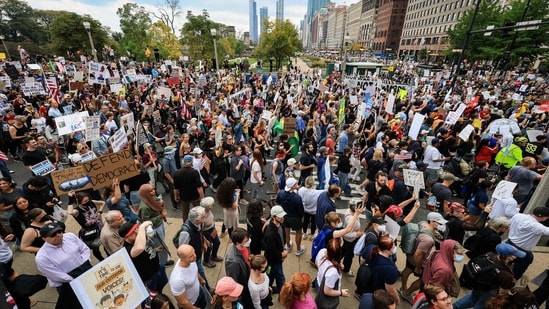
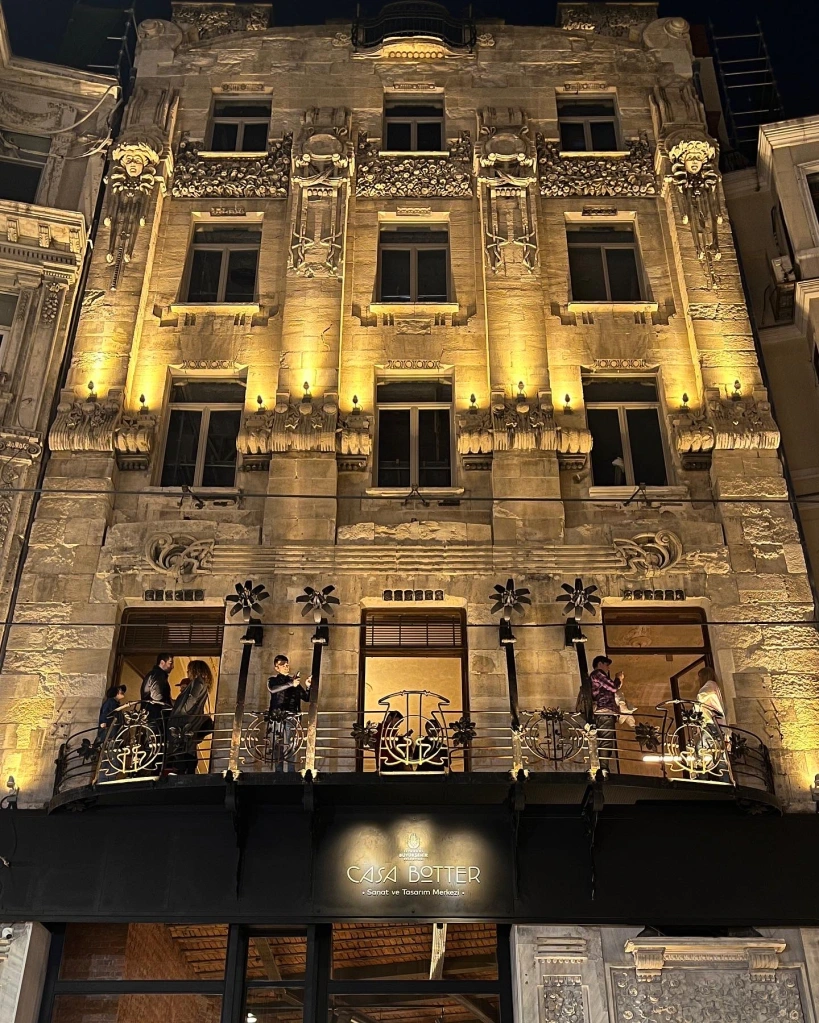



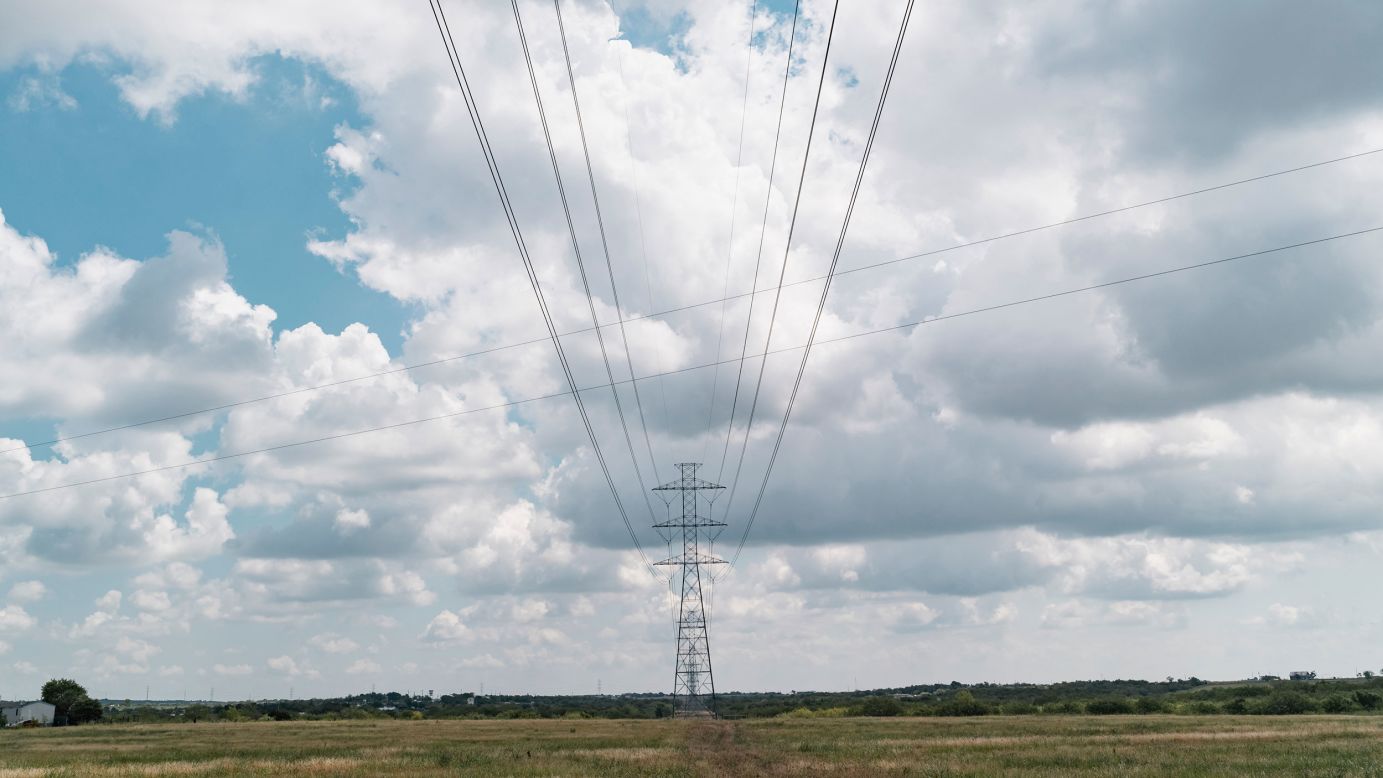




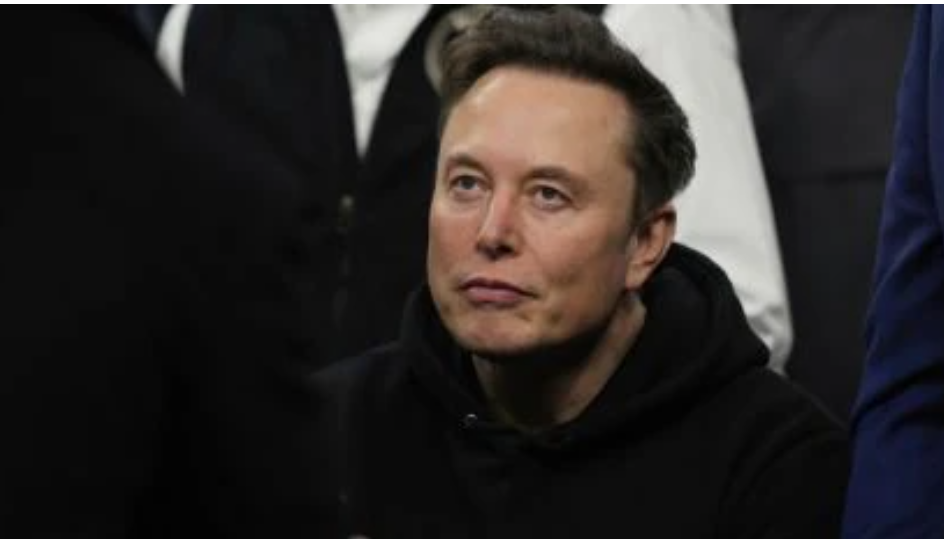
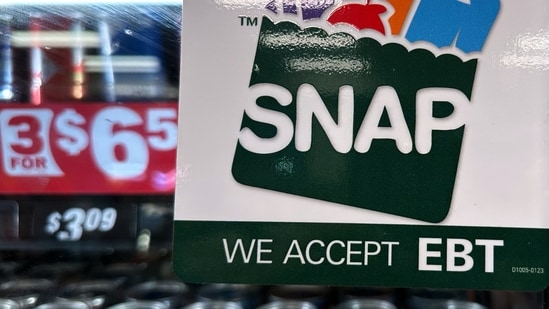
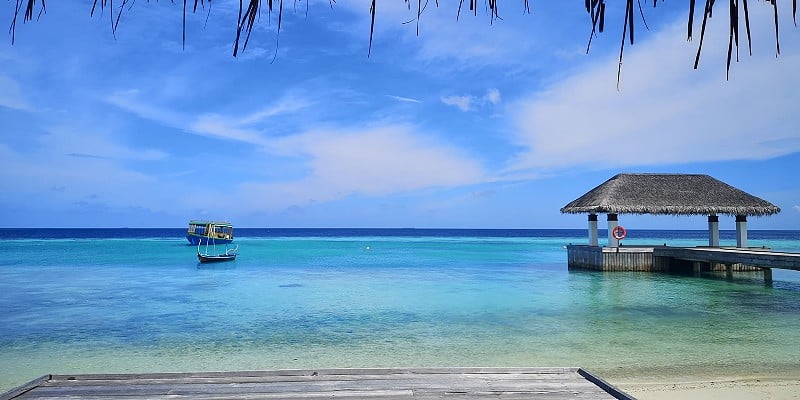





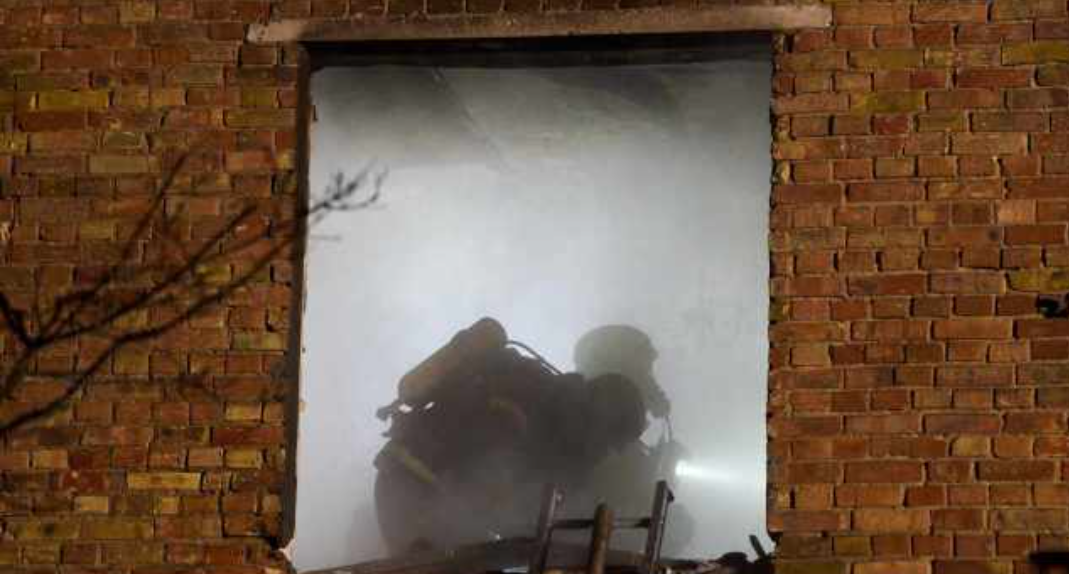
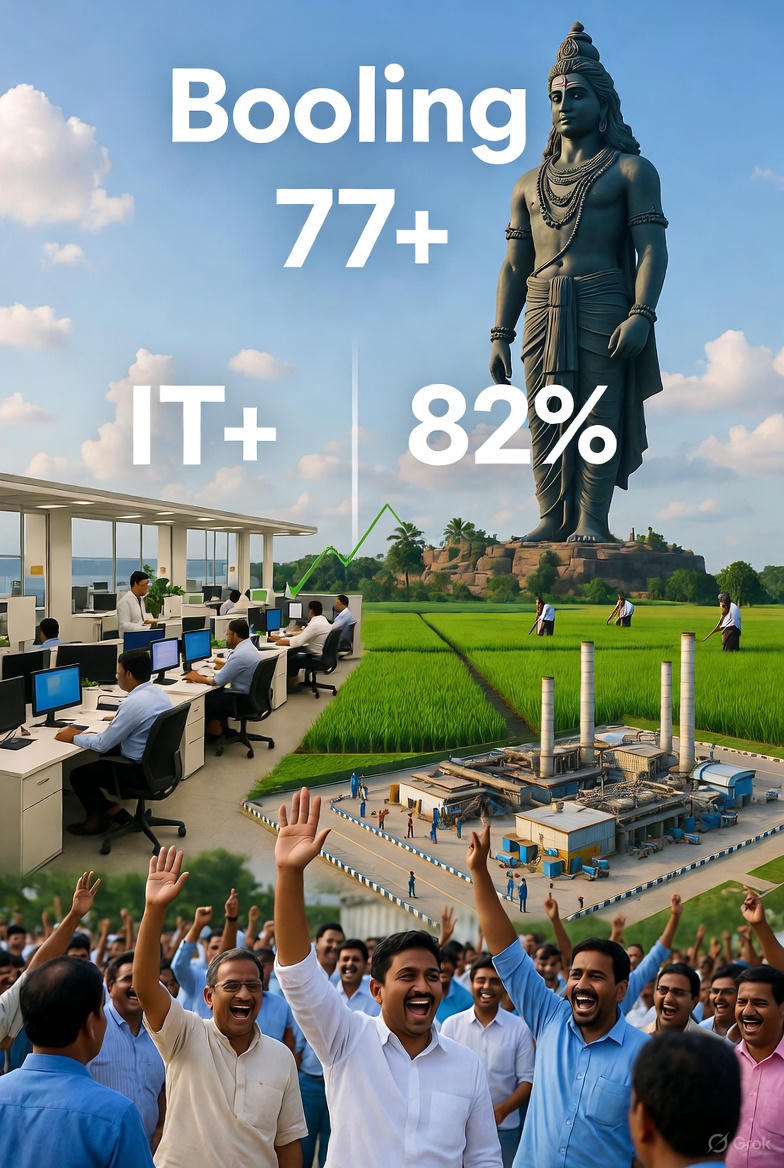





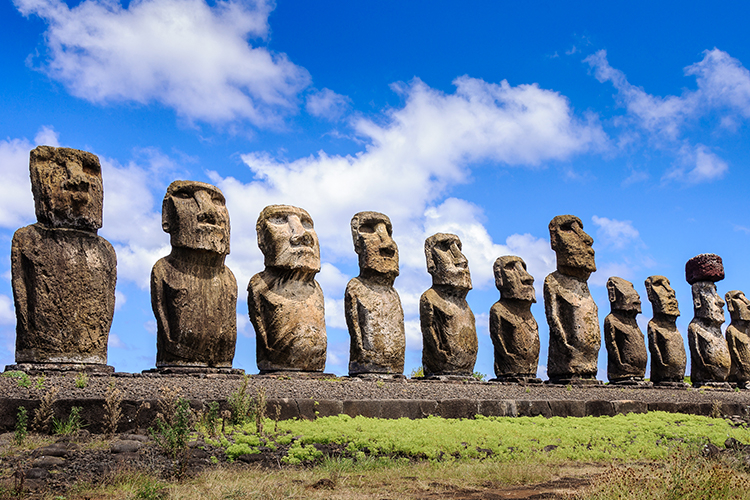
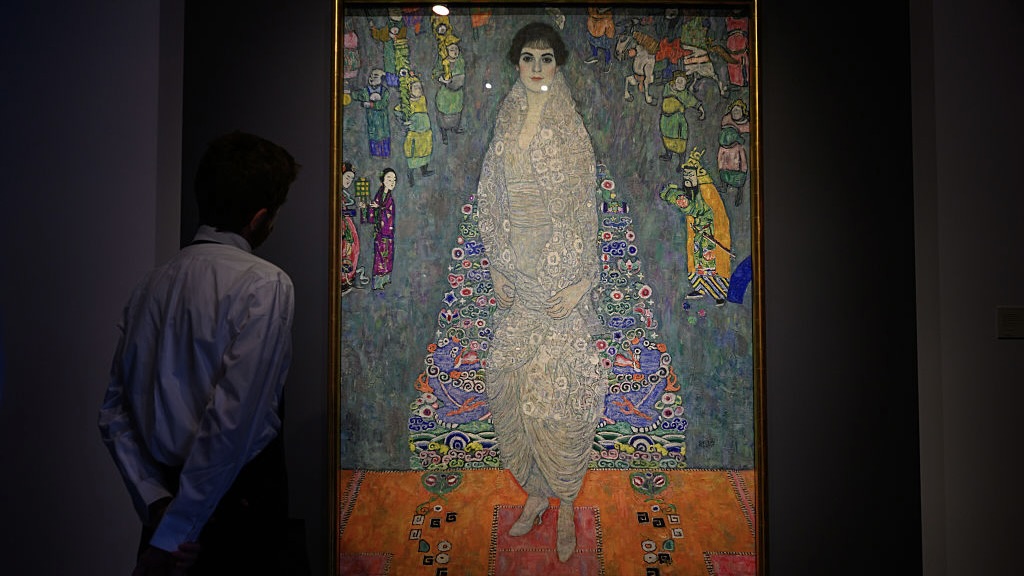





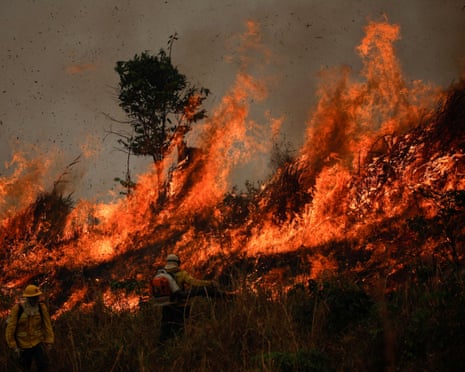
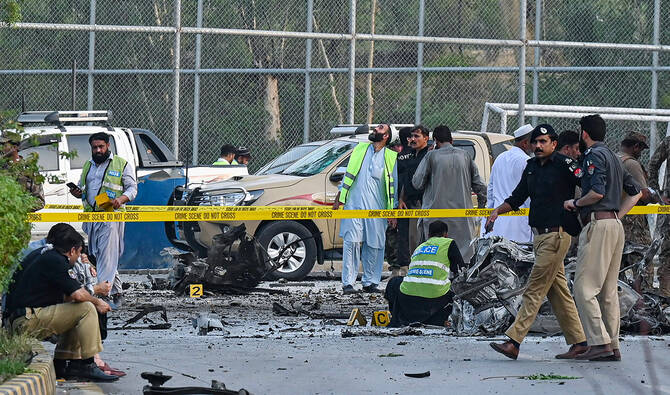


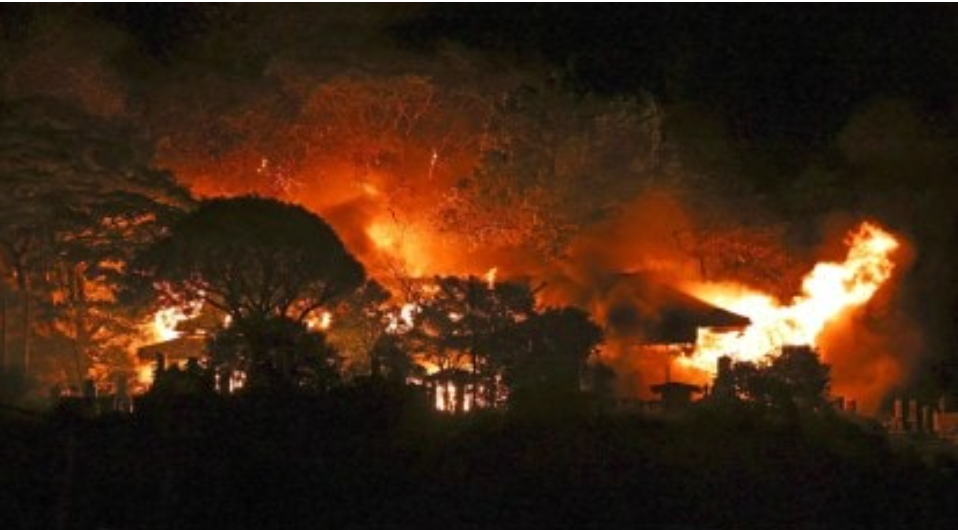


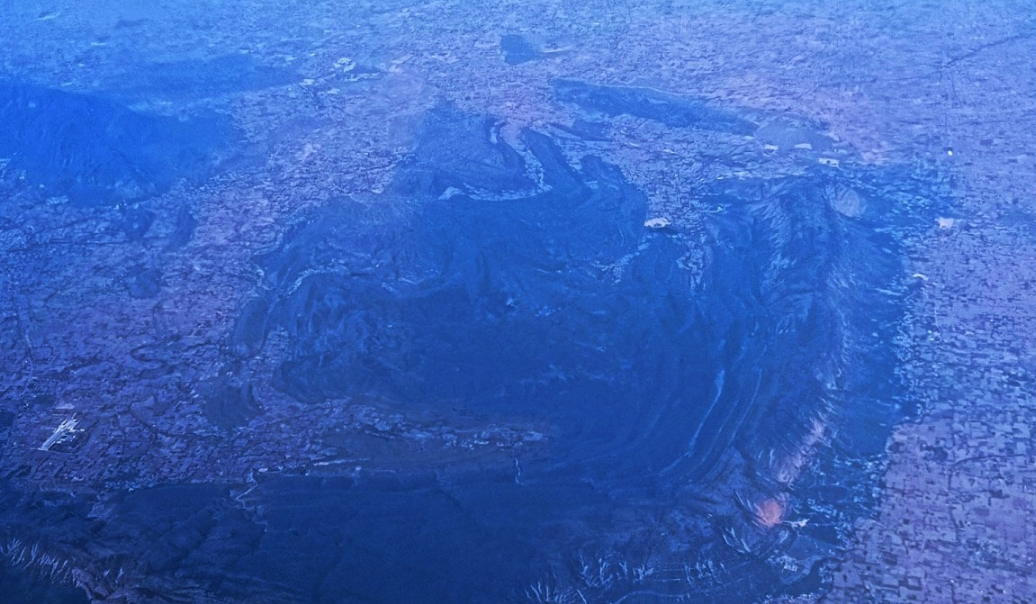
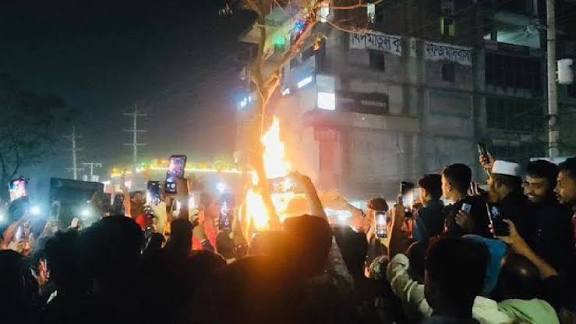
Leave a Reply